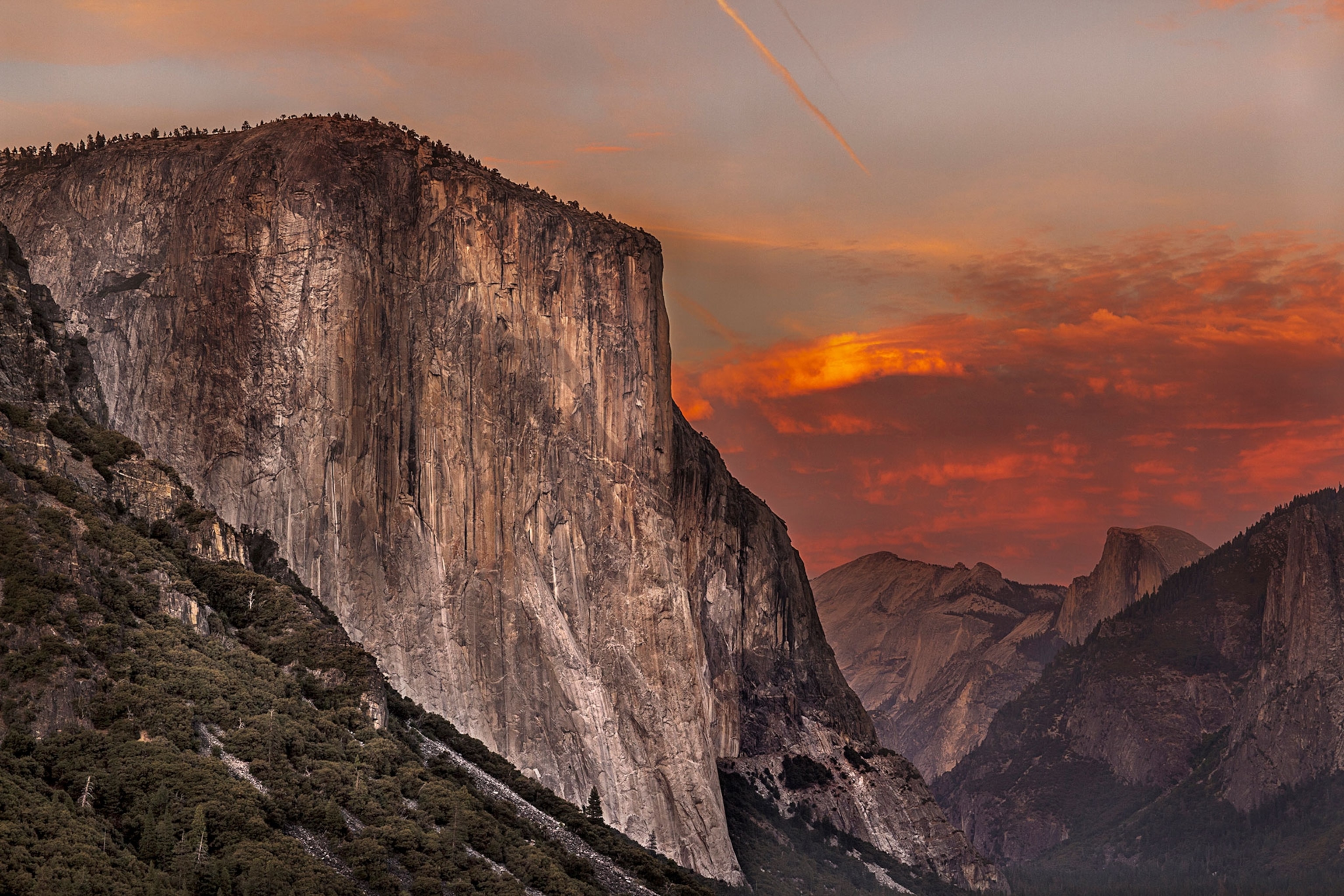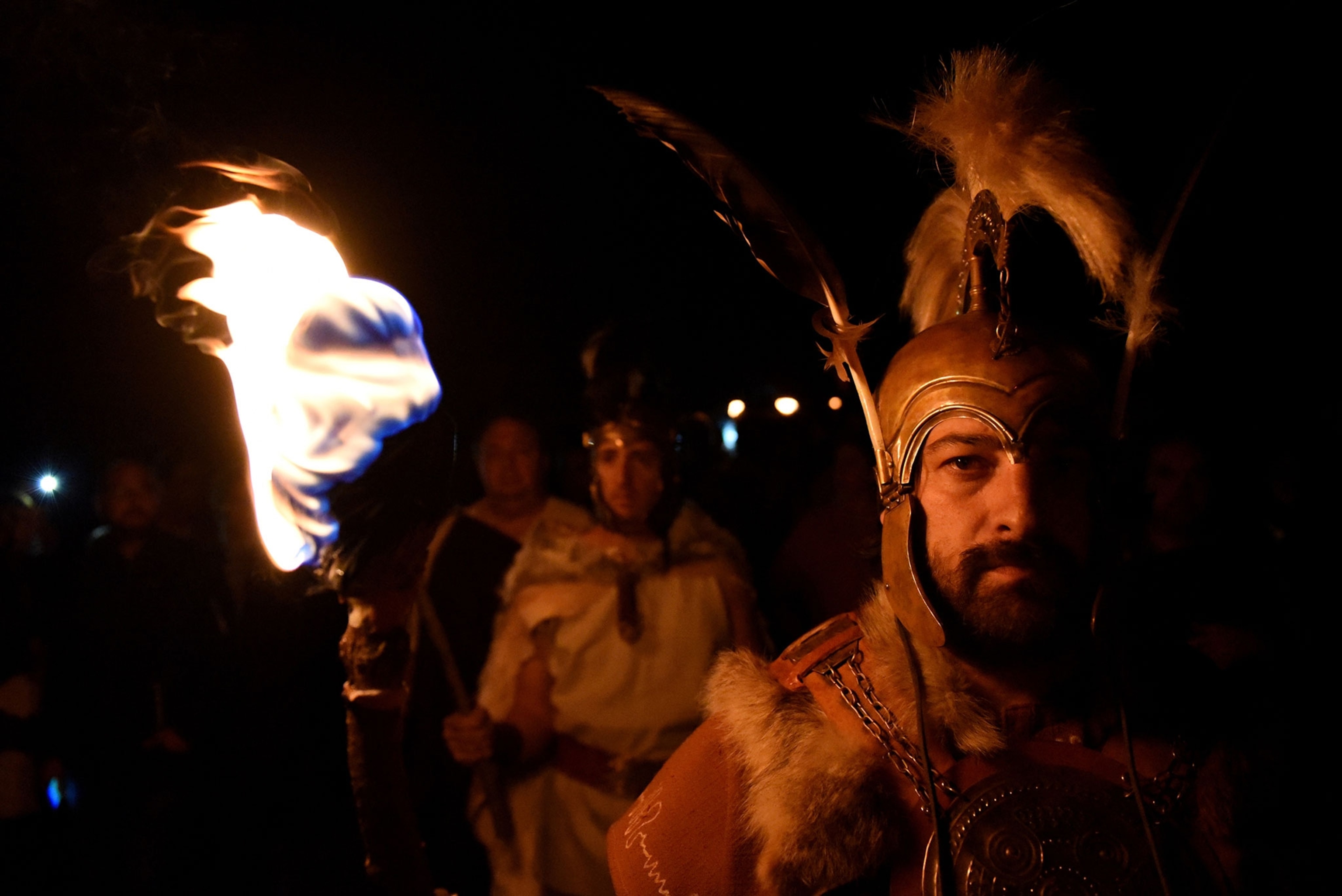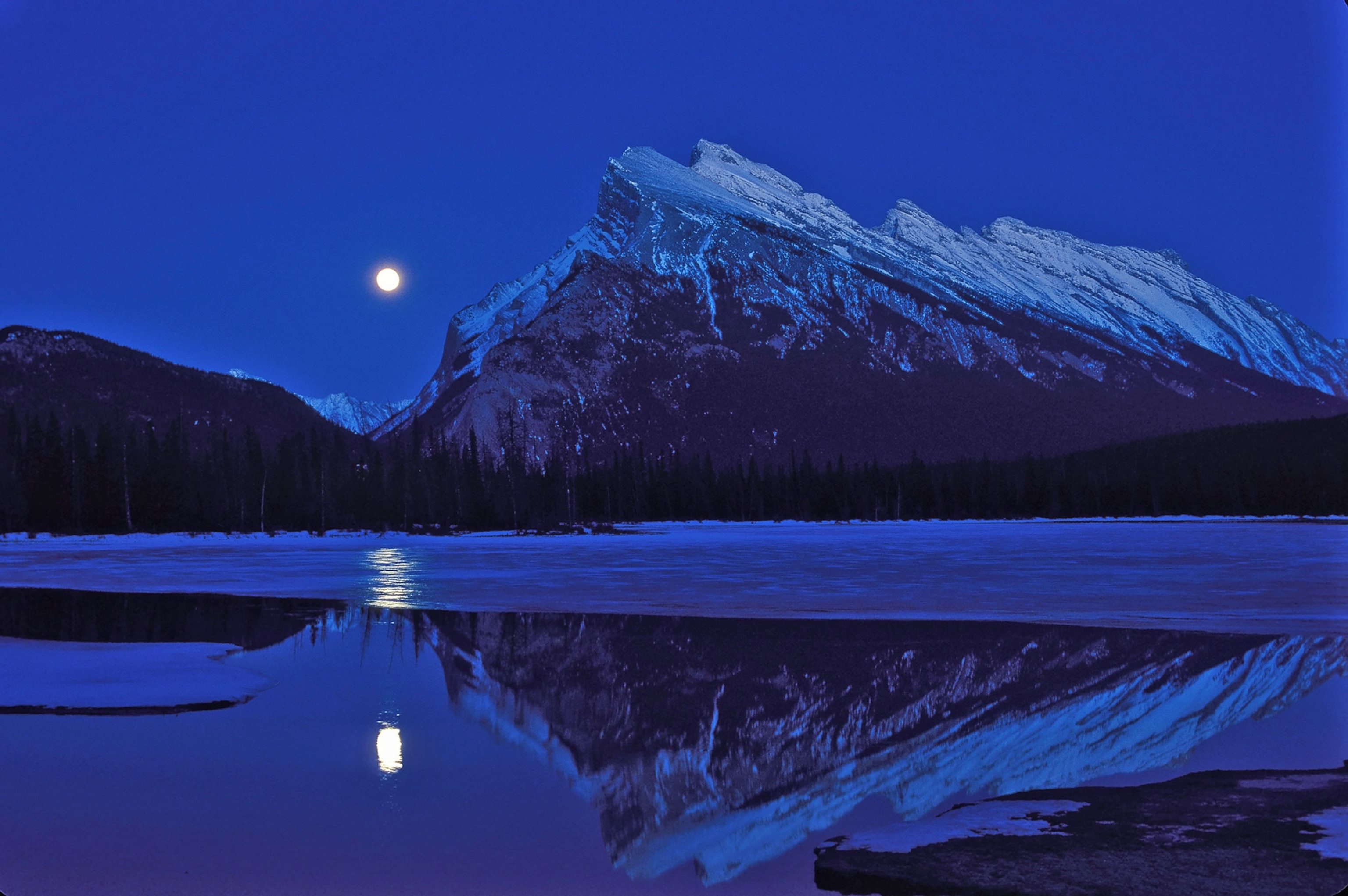Winter is officially coming. The Northern Hemisphere blew by the longest day of the year with June’s summer solstice and is now coming up to the fall equinox on September 22—the day when the sun passes directly over Earth’s Equator. (See gorgeous pictures that celebrate the arrival of fall.)
For the other half of the planet, September 22 is the vernal equinox, signaling the beginning of spring. Even though an equinox happens twice a year, every year, there are a lot of misconceptions about this seasonal transition. Want to know why equinoxes happen, what to expect, and how they have been celebrated through the ages? We've got you covered.
Here comes the sun
In a grainy video, a group of newly fledged Harvard graduates is asked why we have seasons. It seems like a pretty simple question. With varying degrees of confidence, the students explain that the Earth gets warmer or colder based on its distance from the sun. After all, Earth’s orbit isn’t a perfect circle.
The Harvard grads—captured forever in 1980s hair and their caps and gowns—were wrong.
“The Earth’s orbit is [only] about 3 percent out of round,” explains Jay Holberg, a senior research scientist at the lunar and planetary lab at the University of Arizona. “So in the northern winter—in December—the sun is actually closest to the Earth by a small amount, and in the summer it’s actually farther away.”
So if it’s not Earth’s changing proximity to the sun, what gives us seasons? It's all in the slant: Earth's axis isn’t straight up and down relative to the sun, but tilted at a slight angle of about 23.5 degrees.
As Earth revolves around the sun, it maintains that tilt, and the sun’s light doesn't hit the entire surface directly. When the planet's Northern Hemisphere is tilted toward the sun, sunlight hits it head on, bringing summer’s heat and longer days. At the same time, the southern half of Earth is tilted away from the sun and catches its rays at an angle, causing the cooler, shorter days of winter.
Earth is bathed evenly in sunlight only twice a year, on the equinoxes.
“What it has to do [with] is the amount of light per square centimeter that’s falling on you,” says Dan Milisavljevic an astronomy professor at Purdue University. “If the light is angled, it’s not going to be as hot.”
So, if the chillier air and crispier leaves have you happily reaching for pumpkin-flavored everything, thank Earth’s tilt—not its distance from the sun. And if you’re seething about summer’s end, consider moving closer to the Equator.
Night and day
At the solstices in June and December, we celebrate the longest and shortest days of the year. And on the equinox, derived from the Latin for "equal night," day and night are the same length—roughly speaking.
“It’s close enough, but not exactly. It's actually different by several minutes in some cases,” says Milisavljevic.
Photos: How People Celebrate the Equinox Around the World
Instead, day will seem a little longer than night. This discrepancy is partly due to an optical illusion: Earth’s atmosphere bends light, making the sun look like it’s above the horizon when it’s really below—just like a pencil stuck in a glass of water can look like it’s been split in two at the water line.
What's more, the length of daylight is not the same everywhere on Earth. It changes with distance from the Equator—which is why the poles have endless day in summer and months of night in winter.
“The equinox is defined as the time of an event. It’s really not when the day and the night are of equal length, although that’s what we think of—it’s really that moment is when the sun is on the Equator at local noon,” says Matthew Holman, an astrophysicist at Harvard University.
Celebrating the equinox
People throughout history have marked the equinox and the solstice. And no one has done it in more spectacular fashion than the Maya, who constructed the El Castillo step pyramid at Chichen Itza in Mexico so that a snake made of light would appear to slither down the pyramid’s steps at the autumnal and vernal equinoxes.
“Standing at the corner of the building with the sunset to my right, looking on the left, you see the big stairway going up the side of the building, and you’ll see the light of the un-shadowed portion looks like a snake on the stairway,” says Stanford University anthropologist James Fox, who has worked at Chichen Itza.
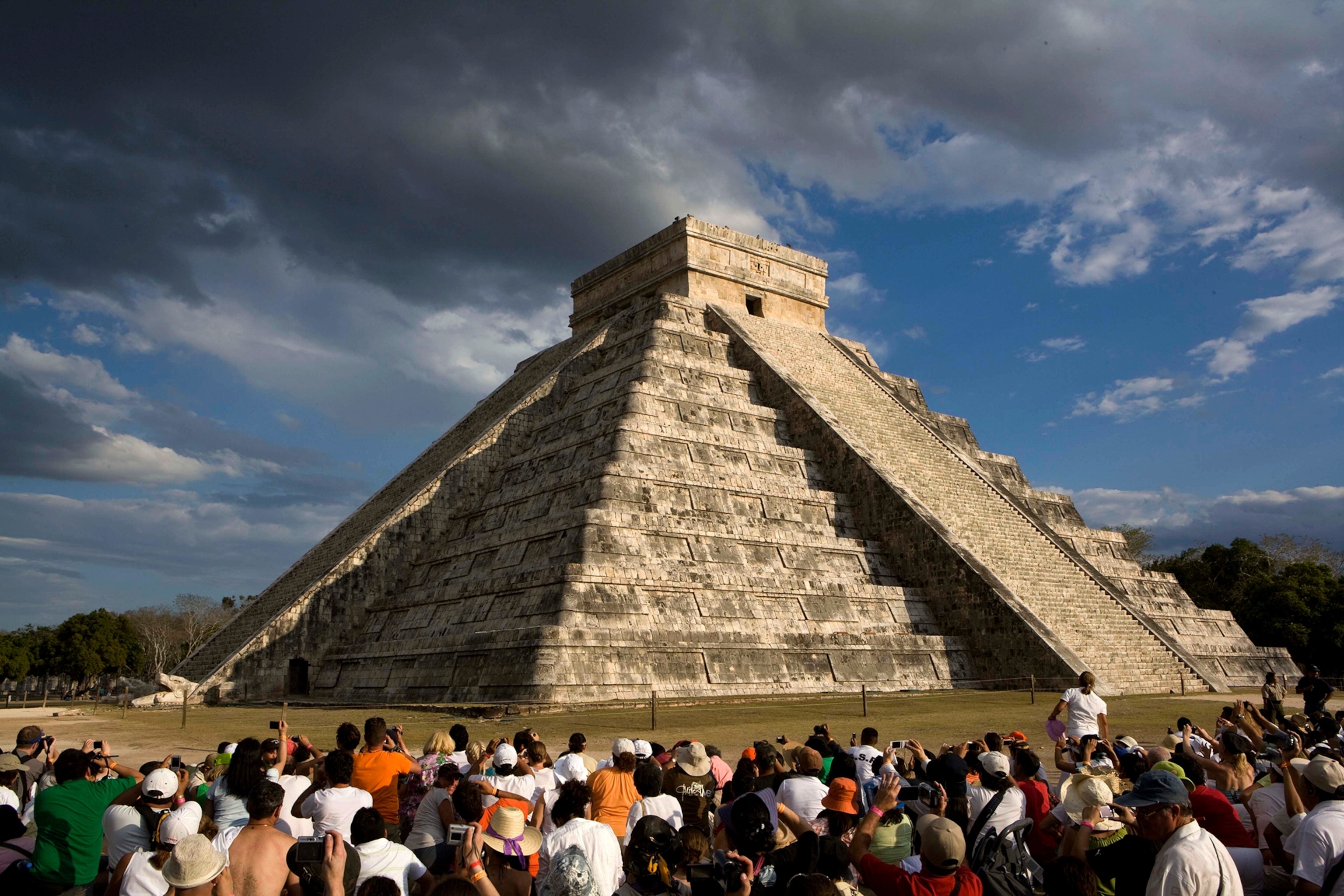
The snaking light connects a sculpted snake’s head at the bottom of the building to its tail at the top. “If that doesn’t make an impression,” Fox says, “nothing will.”
Anthony Aveni, Colgate University professor and author of The Book of The Year: A Brief History of Our Seasonal Holidays, says that there’s a legend that the ancient feathered serpent god descends from the sky on the equinox. Today, it draws crowds who hope to catch the light-snake slithering down the steps.
Although it’s clear that the Maya built monuments to catch the changing seasons, the archaeological evidence is equivocal about whether there were any rituals around this building.
“It’s sometimes very difficult to filter out the truth from the romance of the stones, that’s something you have to look at [in] the archaeological record and legends,” Aveni says.
Out of this world
Whether equinoxes carry any great cultural significance here on Earth, these celestial alignments link us with the rest of the planets in our solar system—except Mercury, which tilts pretty much perpendicularly to the sun.
Mercury is always in equinox, says Matthew Holman. “The equinox is when the sun crosses the equator, but really it’s always on the equator.”
So if we were settling another planet, what equinox would feel most like home?
“It depends on whether you like seasons or not,” Holman says. “If you like the seasons, you probably want a modest [tilt] so that there’s some variation.”
Mars looks pretty attractive. Its tilt exceeds ours by only a degree and a half, and its polar ice caps (made of dry ice rather than frozen water) freeze and thaw with the seasons just like our own.
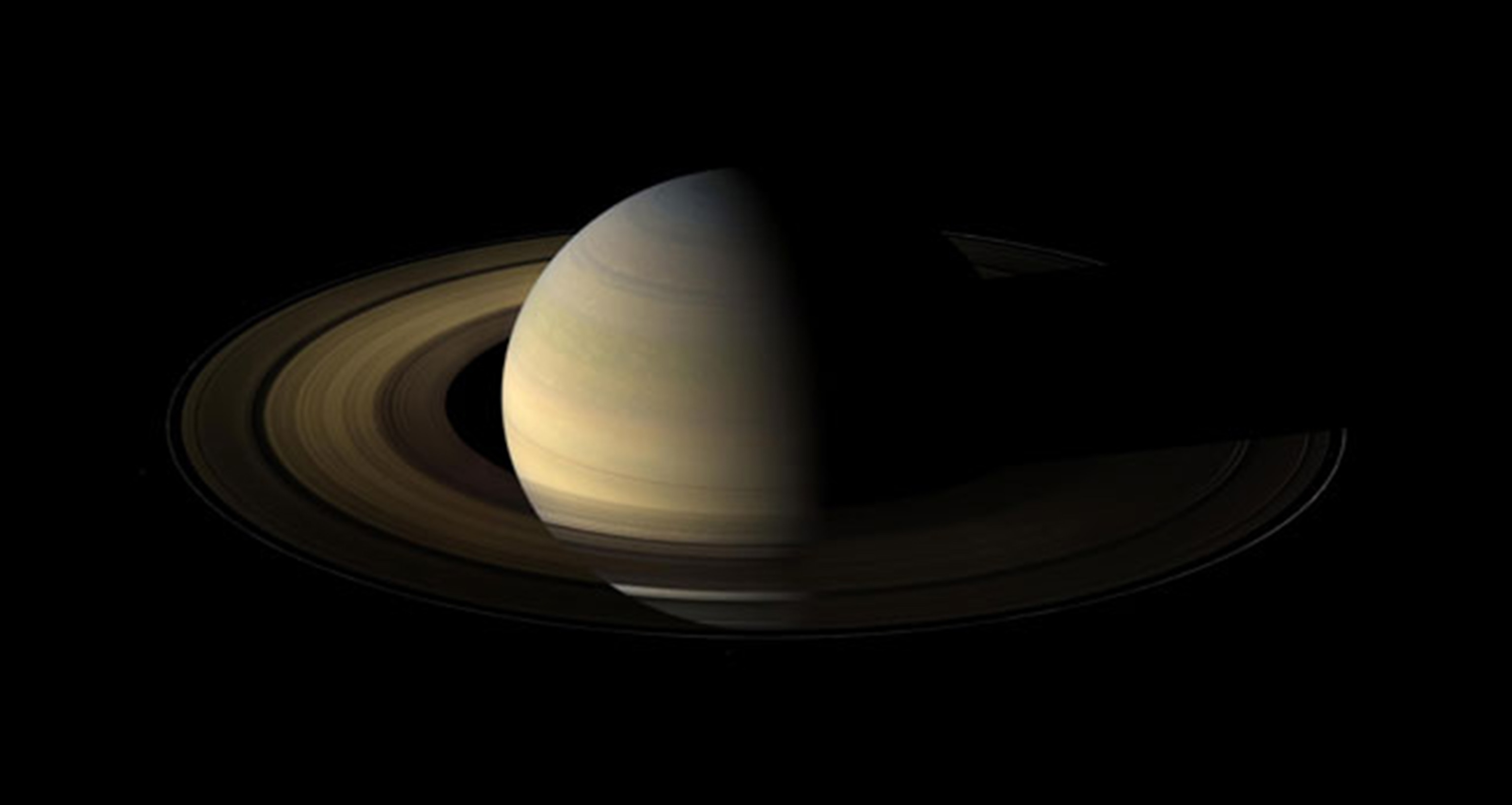
Perhaps the worst: Uranus. With a tilt greater than 90 degrees, it rolls around on its side relative to the sun for its 84-year orbit. This means summers and winters last for 42 years.




